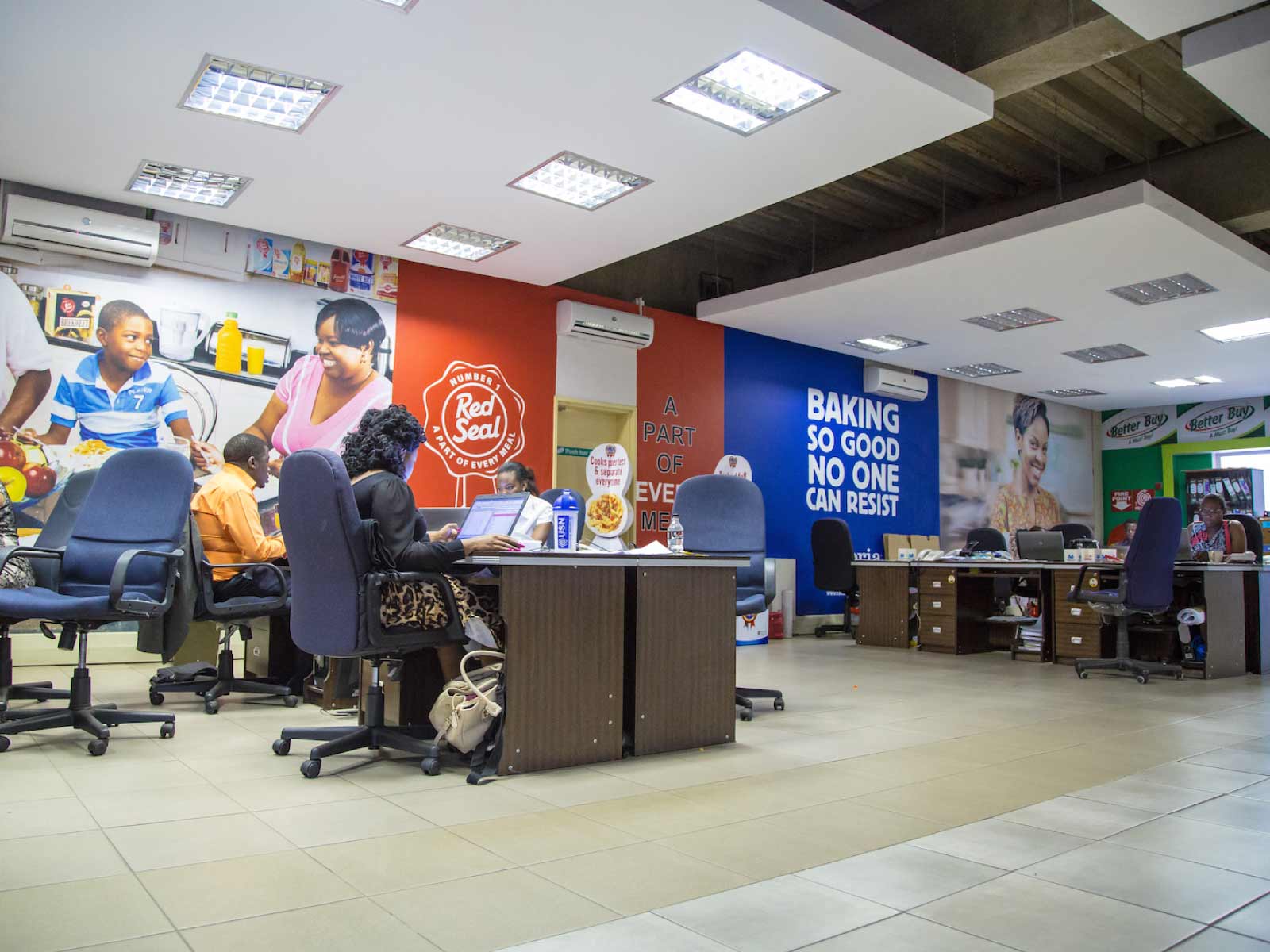Taking Stock: Zim economy marches on
The stock market which is now trading in unchartered territory is signalling that many investors expect the economic situation and company performance to continue to improve.
Kudzanai Sharara
The world over, the coronavirus has pushed economies into a slowdown of unknown severity, but for some reason, Zimbabwean companies seem not to have suffered as much.
The stock market, which is now trading in unchartered territory, with market capitalisation at an all-time high in both Zimbabwe dollar and US dollar terms (using the official exchange rate), is signalling that many investors expect the economic situation and company performance to continue to improve.
At the close of trading on Thursday, the ZSE was valued at $604,4 billion (US$7,1 billion at the official exchange rate).
That optimism is being validated by trading updates from listed companies for the first three months of the year, a period that was characterised by a two months’ lockdown imposed to guard against threats of the coronavirus pandemic second wave.
The comparative period, the first quarter of 2020, was not affected by Covid-19 induced lockdowns which only came into effect in the second quarter.
Thoughts on the operating environment
The general theme coming from most updates is that the economy is generally stable in terms of prices and the exchange rate.
Indeed, inflation slowed down to 240.50 percent at the end of March 2021 versus 676,39 percent prior year comparative. The exchange rate depreciated by a marginal 3,09 against the US dollar, from an exchange rate of 81,7866 at the start of the year to 84, 4001 at the end of March 2020. Although the parallel market rate might have a different reading, the inflation slowdown is still a good indicator on the direction things are taking.
Building Zimbabwe
The construction sector seems to be booming. Masimba, which is involved in the construction of roads, housing and mining infrastructure says its order book was strong during the quarter under review and helped inflation adjusted revenue grow by 63 percent ahead of the comparative prior year.
Notwithstanding the obtaining liquidity constraints, the debtors book generally performed satisfactorily in the period.
This means the projects the company is working on, are generally being paid for and are not being commissioned by individuals and institutions without money.
Looking into the future, Masimba is not seeing any major challenges with the only wish being that the country continues to enjoy stability in the macro-economic environment and consistent government policies.
FMCGs flying off shelves
Fast moving consumer goods supplier and manufacturer Medtech also highlighted that the prevailing economic environment was bringing the company good fortunes.
Its first quarter sales volumes increased by 61 percent compared to the comparative prior period. This is after the FMCG segment sales volumes increased by 145 percent while the manufacturing segment sales volumes increased by 8 percent. The company attributed this to price stability and increased incomes resulting in improved demand.
The Group is hopeful that the current economic policies and measures being implemented, which have brought some price stability, will further improve the economic environment going forward.
Medtech, however, highlighted that delays in auction bid allocations are causing a severe strain on working capital funding.
“This time lag results in funds being blocked for a significant period and increases the working capital finance costs,” the company added.
Consumer spending power on basics growing
As reported in this publication before, food consumption levels for both humans and animals increased during the period under review if the trading update from National Foods is anything to go by. National Foods, which counts itself as the country’s largest food manufacturer said first quarter to March 31 volumes for its various segments, excluding maize, were up by 35 percent to 131 000 tonnes. The maize segment was however down 41 percent largely due to the substantial volumes of maize meal imports from South Africa.
Turning to the outlook, National Foods said the improved harvest should drive further improvements in consumer spending power.
This should result in sustained volume momentum in all categories with the exception of Maize, where it is expected volumes will be impacted by increased retentions at a household level.
At Innscor’s bakery division, the story is the same as volumes achieved in the quarter under review were ahead of both the previous (quarter two) and comparative quarters.
It’s not only household food consumption which is growing, but fast foods as well.
At Simbisa’s Zimbabwe operations, US dollar average spend in the three months to March 2021 increased 32 percent versus the prior year comparable period. Zimbabwe dollar average spend increased 417 percent.
This is despite the Zimbabwe operations trading on 25 percent less counter hours than at full capacity due to Covid-19 induced lockdown restrictions.
Simbisa also said revenue in Zimbabwe was supported by a higher real average spend, a result of increased delivery contribution with the number of deliveries in the quarter increasing by 67 percent versus prior year.
The company is now working on a strategy to escalate the growth rate of the delivery business in Zimbabwe to increase the segment’s contribution.
Zim agriculture rising
Zimplow, which manufactures and markets a diverse range of products for the construction, infrastructure and agricultural sectors also had a very positive start to the year with the first quarter operating performance ahead of prior year.
The Group experienced wholegoods volumes growth across all business units except at one. In line with the good agricultural season, tractor volumes doubled and implements were 76 percent ahead of prior year while after sales performance was 38 percent for the same period.
The positive rainfall season provided a platform for volumes growth at Mealiebrand. Local implements were 39 percent ahead of prior year.-ebusinessweekly.c.zw









